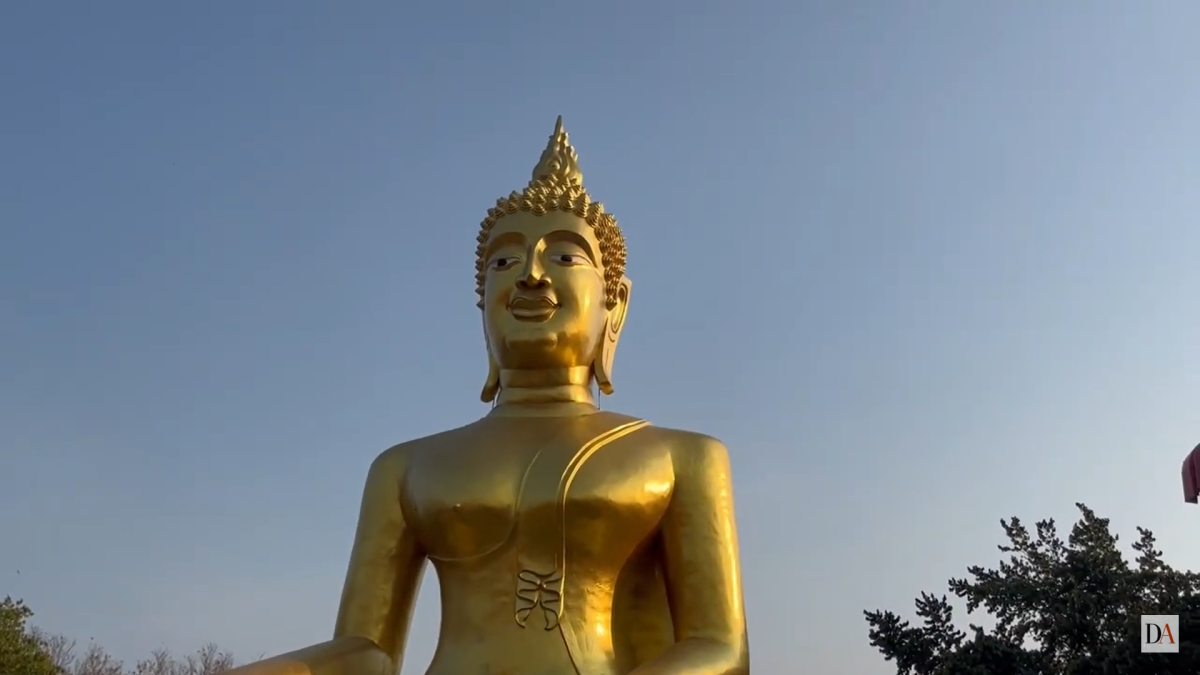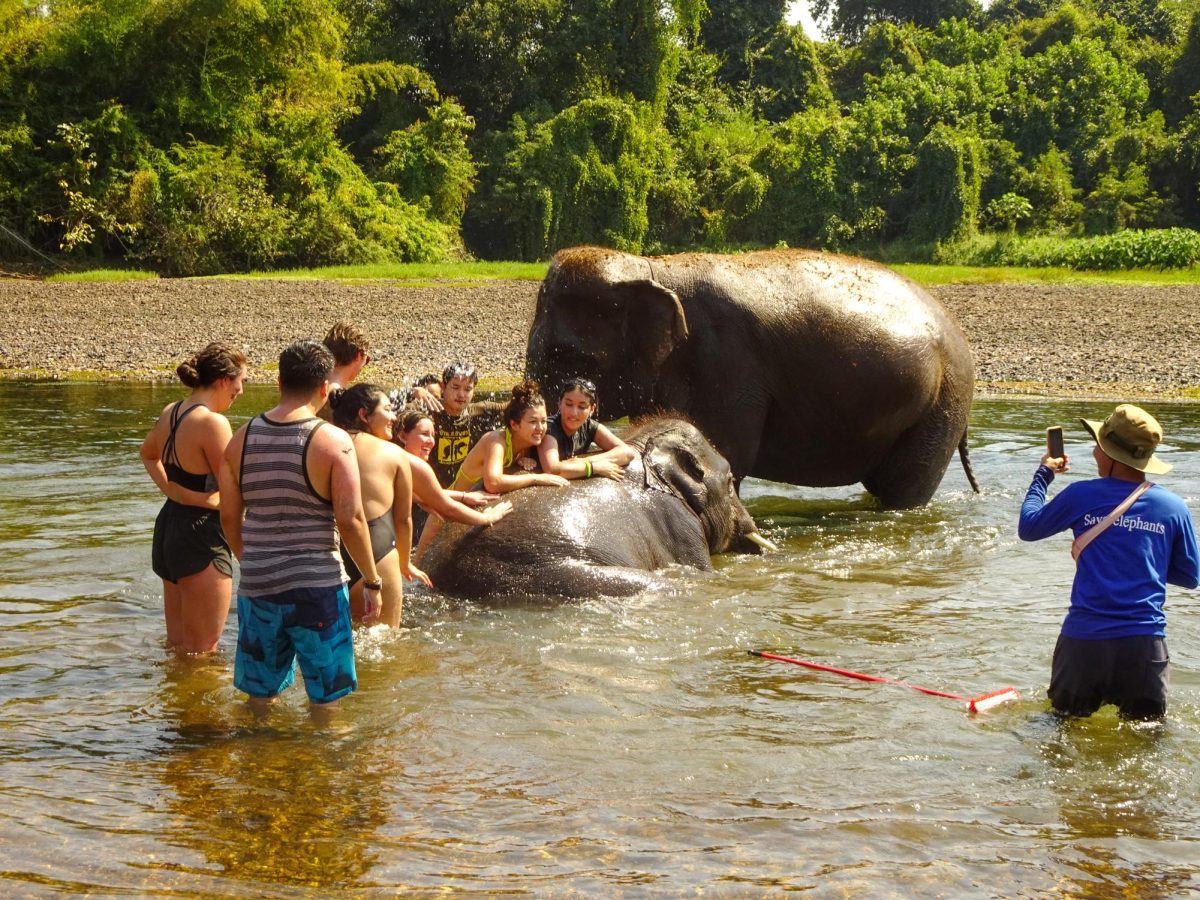SDSU a mini-city of crimes Occurrences of campus crimes 1996 1997 1998 Aggravated Assault 8 14 10 Arson 0 2 9 Burglary 34 29 23 Hate Crimes 0 2 1 Homicide 3 0 0 Motor Vehicle Theft 70 78 42 Forcible Sexual Assault 4 2 2 Non-Forcible Sexual Offense 0 0 0 Robbery 4 2 5
He was just walking home to his apartment on Montezuma Avenue. Twocollege-aged men approached and asked for the time.
He looked at this watch, then found himself staring into thebarrel of a gun. The two men demanded his wallet. He gave it to them,then pleaded for his identification back. The men ordered him to lieon the ground, pointing the gun at his head.
They told him they should shoot him for not having more than $20.Then they ran off and left him, shaken but unharmed.
Sounds like the beginning of a novel or a TV movie. But it’sreality and it happened in early November at San Diego StateUniversity.
Many people may not be aware of the types of crimes encountered bythe University Police. SDSU is an urban environment, said UniversityPolice Crime Prevention Specialist Marc Fox. It’s a community justlike a small city with a population of 35,000 staff and students, andyou’ve got all the problems that go along with that, Fox said.
Fox was actually shot during a routine traffic stop near campusfour years ago. He lost his right index finger as a result, butdoctors were able to surgically reconstruct two other fingers alsoinjured in the accident.
“It was probably my tactics that saved my bacon because as thedriver produced a gun, I was moving off-line and going for my gun andflipped around and he happened to hit me,” Fox said. “I dove out ofthe way and drew left-handed and I returned fire with my oppositehand because (my right hand) was out of commission.”
The man who shot Fox was never apprehended. He doesn’t even knowwhether or not he hit the man, but he fired shots into the car.
Fox said he has seen his share of violence with guns, knives andsexual assaults on and around campus.
“On campus, I’ve taken lots of weapons off people,” Fox said.”We’ve had a couple of shootings, several stabbings. People come tocampus to prey on other individuals. Sometimes they do it armed. Mostof the shootings and stabbings were centered around large socialgatherings like dances and concerts.”
But most of the crimes in the campus area are non-violent, saidUniversity Police Lt. Charles Schwoerke.
“We deal mostly with property crimes,” Schwoerke said. “Carburglaries, car theft, petty theft, stuff like that. After that thereare the robberies, few commercial burglaries, ‘business crimes,’ suchas minors drinking, drinking in public, drunk in public, trafficviolations and urinating in public.”
The most common crime that affects people on the campus is carsbeing broken in to. Second to that is probably auto theft, Schwoerkesaid.
According to statistics provided by the University Police, therewere 42 vehicle thefts on campus in 1998, 78 in 1997 and 70 in 1996.More recent data is not yet available.
The University Police operates a dispatch center 24 hours a day oncampus. There are 25 sworn officers, about 30 community serviceofficers, five dispatchers and a number of parking officers whopatrol the campus by foot, cruiser and bicycle.
In addition to responding to calls, making traffic stops andinvestigating crimes, the University Police facilitate many safetyand education programs on campus. Emergency phones located aroundcampus directly connect callers to the police.
The University Police also offer an escort service from 5 p.m. to2 a.m. to escort students across campus or to their vehicles atnight.
The SDSU Police helps teach education programs on campus, such asthe anti-drunken driving workshops, sexual assault preventionprograms, workplace violence prevention programs and propertyprotection programs.
For more information on University Police education programs,call 594-1991. For an escort, call 594-6659.






